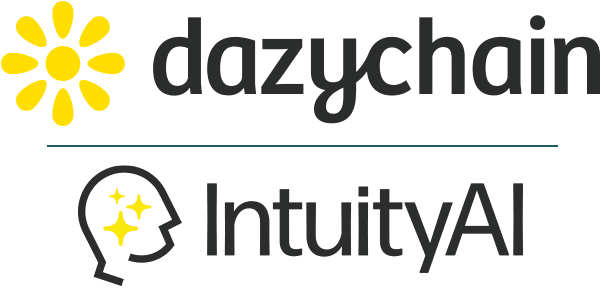CLOC Legal Operations Trends 2025: What’s Changing and What It Means for In-House Teams
The Corporate Legal Operations Consortium (CLOC) continues to set the tone for how modern legal departments evolve. There are faster expectations, tighter budgets and a definite push towards smarter, more structured ways of working. CLOC’s latest benchmarking insights put numbers behind what many teams have been experiencing for the past year.
Technology, and increasingly AI, is creeping into everyday tasks, influencing how teams think about capacity, structure and what legal work looks like in practice. More and more, legal leaders are turning to legal ops to help them work with more intention and to keep pace with a profession undergoing rapid change.
Rising demand, shrinking resources
Efficiency in legal departments is the primary focus for General Counsels across the board. According to CLOC’s 2025 State of the Industry Report, 83% of in-house teams expect demand to rise this year. But most aren’t receiving a matching boost in budget or headcount. They are preparing for heavier loads with fewer resources; 63% named workload and limited bandwidth as their biggest obstacles.
Inside several legal teams, the pressure is already building. Matters that would have gone to outside counsel are being pulled back in. Nearly 40% of in-house legal departments expect more responsibility to sit with internal staff. At the same time, 77% say they plan to increase or at least prioritize legal ops hiring. Legal operations leaders are looking for people who can bring structure, not just legal expertise. Legal operations teams are becoming mixed bags of experts, covering areas like financial management, project management, data analysis and business intelligence.
Some departments will continue to rely on external legal services when the work requires scale or specialized knowledge. Around one-third expect their use of outside counsel to rise.
In-house legal technology adoption is non-negotiable
Legal tech used to be a convenience. Now it’s an expectation. Tools like matter management systems, vendor management platforms and e-billing have become the norm. And a large portion of GCs are looking to bump operational efficiency with technology solutions: 36% foresee a drive in tech use, while 34% expect to use more automation. AI, however, is where momentum is building fastest.
Since 2023, the number of legal departments using some form of AI has nearly doubled. About a third use it already, and more than half plan to adopt it in the next two years. Most teams are using it for the persistent tasks: legal research summarization, first-draft analysis, knowledge search and document classification.
As day-to-day admin moves off lawyers’ plates, the expectation of what legal professionals contribute is shifting. Lawyers are stepping more squarely into strategic roles, advising the business on risks, shaping decisions and solving organizational problems that extend well beyond black-letter law. For many corporate legal departments, AI could be the springboard for saved time, cost savings, a refocus on higher-value work and improved operational efficiency.
Where does legal ops maturity stand?
Most in-house teams are still early in their maturity journey, sitting somewhere between emerging and developing. It’s hardly surprising. Building a mature operations function takes time, and most legal teams are trying to get there while juggling the immediate pressures of supporting the business.
The goal is clear enough: predictable processes, reliable reporting, integrated systems and decisions based on data rather than instinct. Getting there requires consistency. The legal operations function can build cleaner workflows, shared ways of working, stronger collaboration between legal and the wider business, and tech implementation.
Organizations that move up the maturity levels ladder tend to invest in strong foundations. They tidy up processes before buying tools. They involve the wider business in decisions. And they treat technology as something that should be embedded, not simply added on top of existing problems.
CLOC’s guidance for in-house legal teams
Now, legal teams are expected to operate in a dual capacity: provide accurate legal advice and contribute meaningfully as strategic business partners. Data is now a core ingredient in both. Metrics guide resourcing, legal spend decisions, vendor management and performance conversations. Gut instinct still plays a role, but it no longer leads the way.
CLOC’s benchmarks give legal operations professionals a reference point. They allow corporate legal departments to check where they stand, spot the gaps and plan upgrades that actually match their department’s stage of growth. Instead of reacting to pressure, GCs can map a path forward. They can balance short-term realities with long-term capability building. Legal teams are in the middle of a structural shift, and many are choosing to leverage legal operations as the framework to pull everything together.
Related Insights
-
Legal Industry Trends 2025 – Explore the macro forces reshaping legal departments, from shifting GC responsibilities to tech-driven efficiency.
-
ACC 2025 Benchmarking Report – A data-backed view into legal department performance, resourcing and operational priorities.
-
ACC Legal Industry Trends 2025 – How corporate law departments are redefining value, embracing technology and navigating ESG demands.











